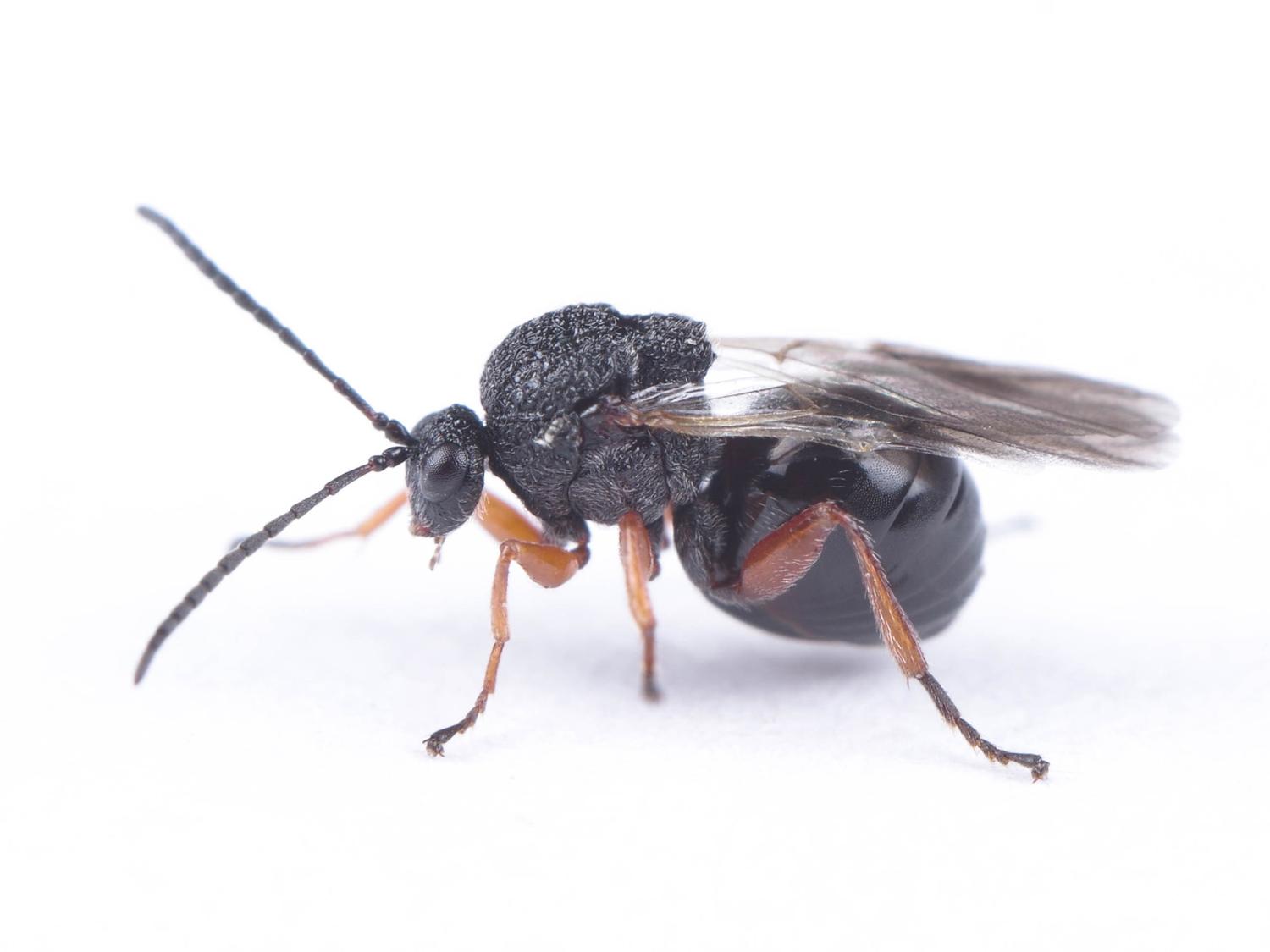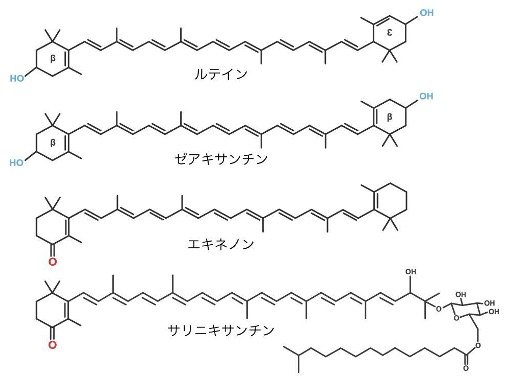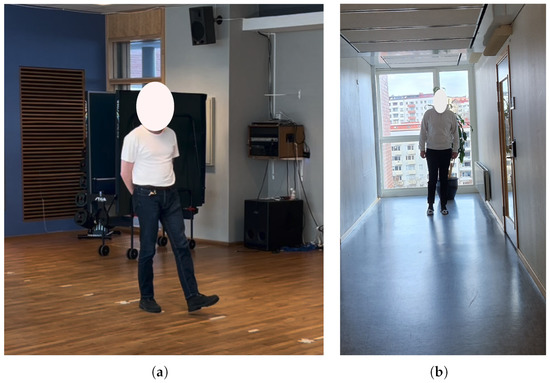2023-03-01 ペンシルベニア州立大学(PennState)
 This is a cynipid wasp, whose larvae were recently discovered to induce plant growths called galls containing acidity levels akin to lemons. Credit: Courtesy Antoine Guiguet. All Rights Reserved.
This is a cynipid wasp, whose larvae were recently discovered to induce plant growths called galls containing acidity levels akin to lemons. Credit: Courtesy Antoine Guiguet. All Rights Reserved.
これは、スズメバチが新しい防御システムを獲得したことを示すものである。
研究者たちは、これが酸性度による防御として機能する可能性があると考えており、他の昆虫がこのこぶに入ろうとすることを防ぐことができるという。
また、この発見は、植物の酸性度を変化させることができる昆虫の分子メカニズムについて、新たな謎を投げかけるものである。
<関連情報>
- https://www.psu.edu/news/research/story/wasps-harness-power-pitcher-plants-first-ever-observed-defense-strategy/
- https://royalsocietypublishing.org/doi/abs/10.1098/rsbl.2022.0513
天敵に対する新たな防御戦略の可能性を秘めたCynipid gallの極端な酸性度 Extreme acidity in a cynipid gall: a potential new defensive strategy against natural enemies
Antoine Guiguet,Nathaniel B. McCartney,Kadeem J. Gilbert,John F. Tooker,Andrew R. Deans,Jared G. Ali and Heather M. Hines
Biology Letters Published:01 March 2023
DOI:https://doi.org/10.1098/rsbl.2022.0513
Abstract
The morphology of insect-induced galls contributes to defences of the gall-inducing insect species against its natural enemies. In terms of gall chemistry, the only defensive compounds thus far identified in galls are tannins that accumulate in many galls, preventing damage by herbivores. Intrigued by the fruit-like appearance of the translucent oak gall (TOG; Amphibolips nubilipennis, Cynipidae, Hymenoptera) induced on red oak (Quercus rubra), we hypothesized that its chemical composition may deviate from other galls. We found that the pH of the gall is between 2 and 3, making it among the lowest pH levels found in plant tissues. We examined the organic acid content of TOG and compared it to fruits and other galls using high-performance liquid chromatography and gas chromatography–mass spectrometry. Malic acid, an acid with particularly high abundance in apples, represents 66% of the organic acid detected in TOGs. The concentration of malic acid was two times higher than in other galls and in apples. Gall histology showed that the acid-containing cells were enlarged and vacuolized just like fruits mesocarp cells. Accumulation of organic acid in gall tissues is convergent with fruit morphology and may constitute a new defensive strategy against predators and parasitoids.


